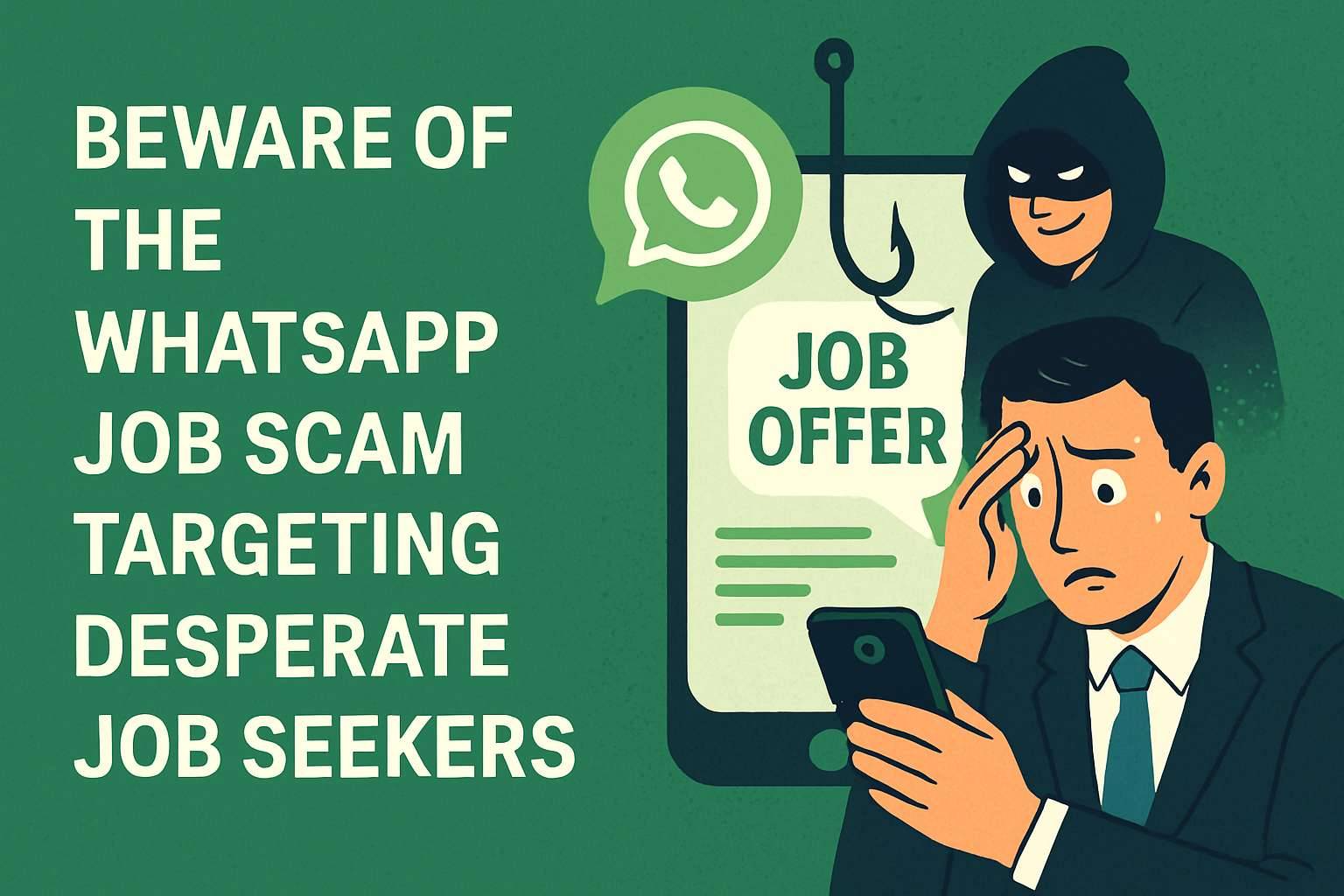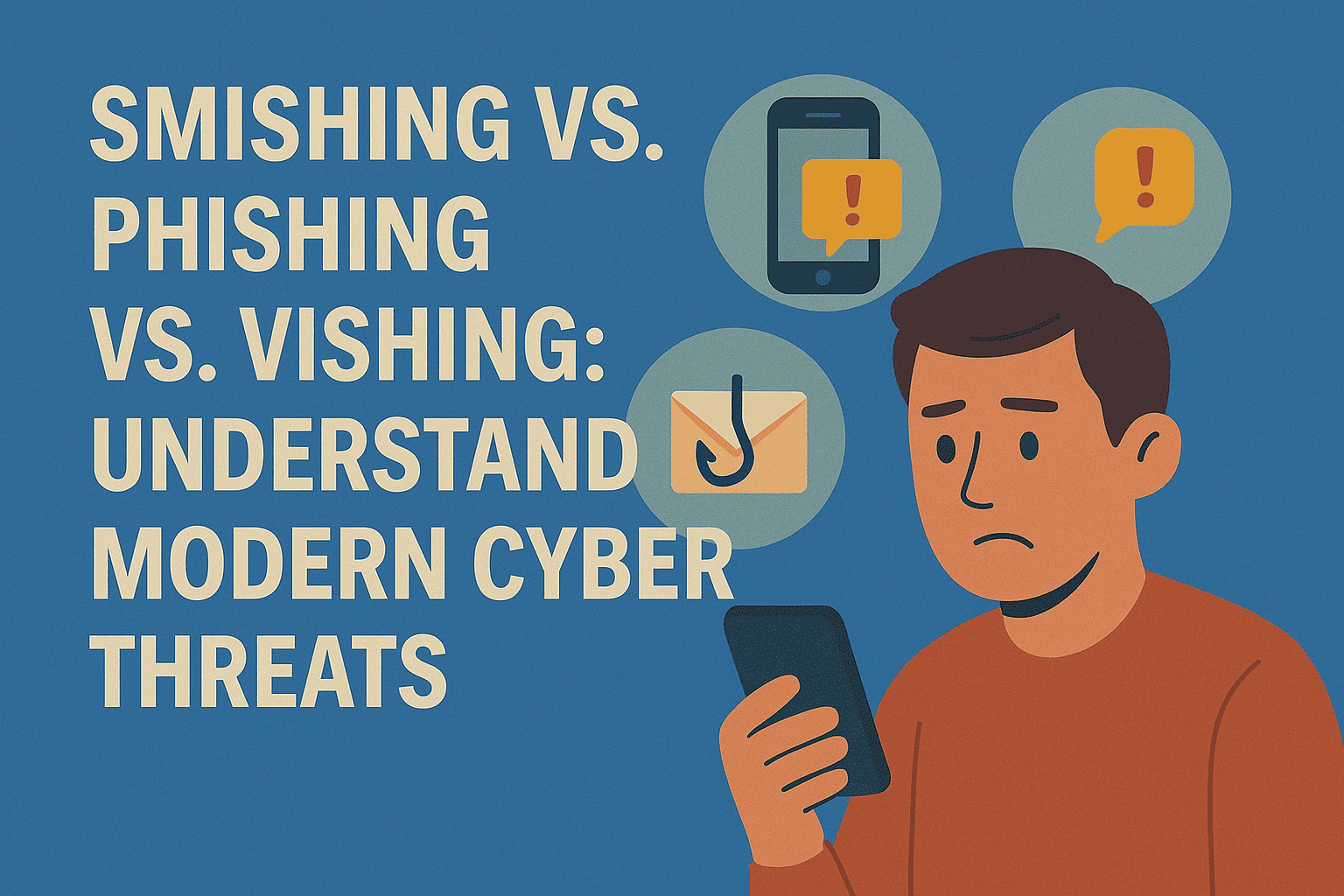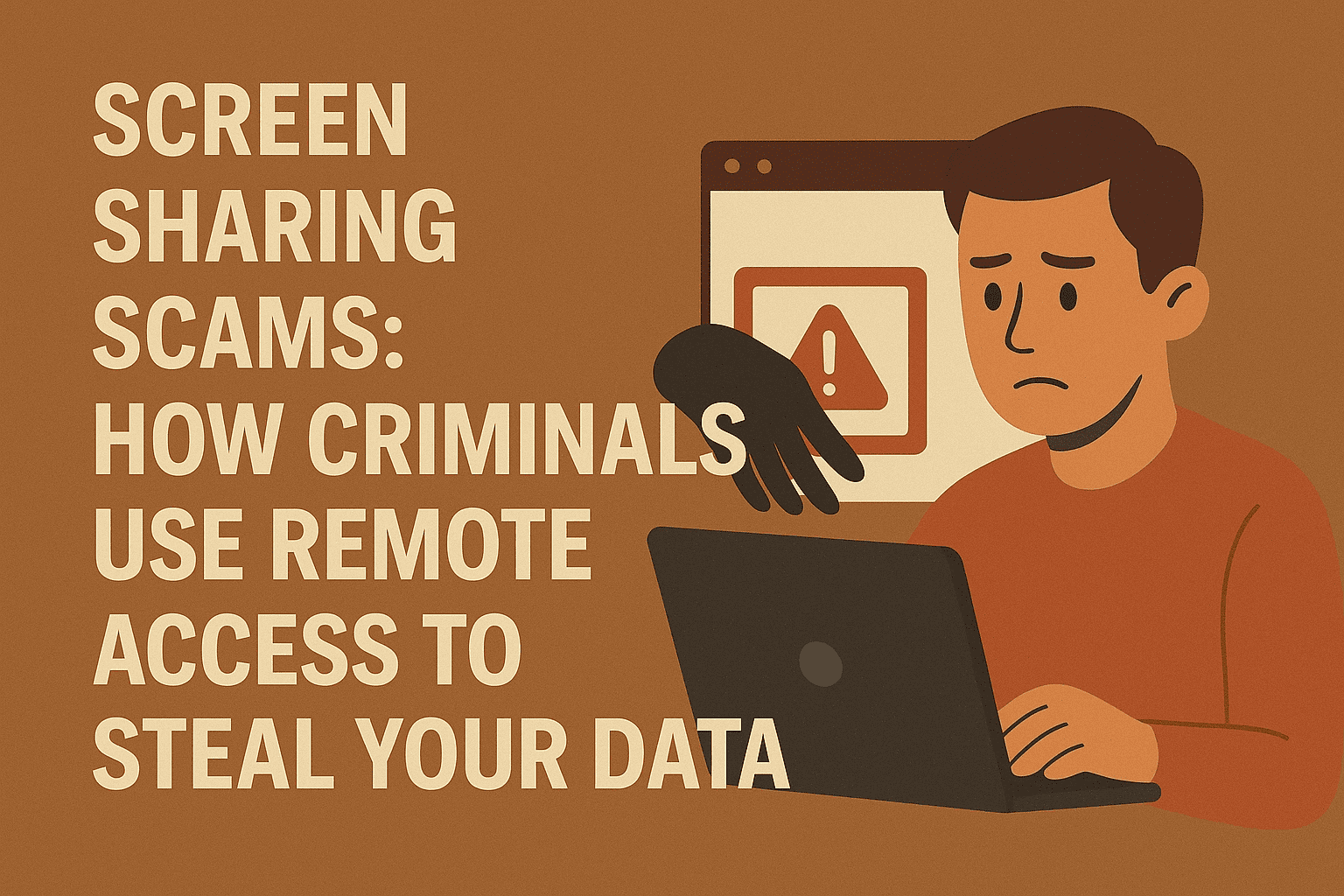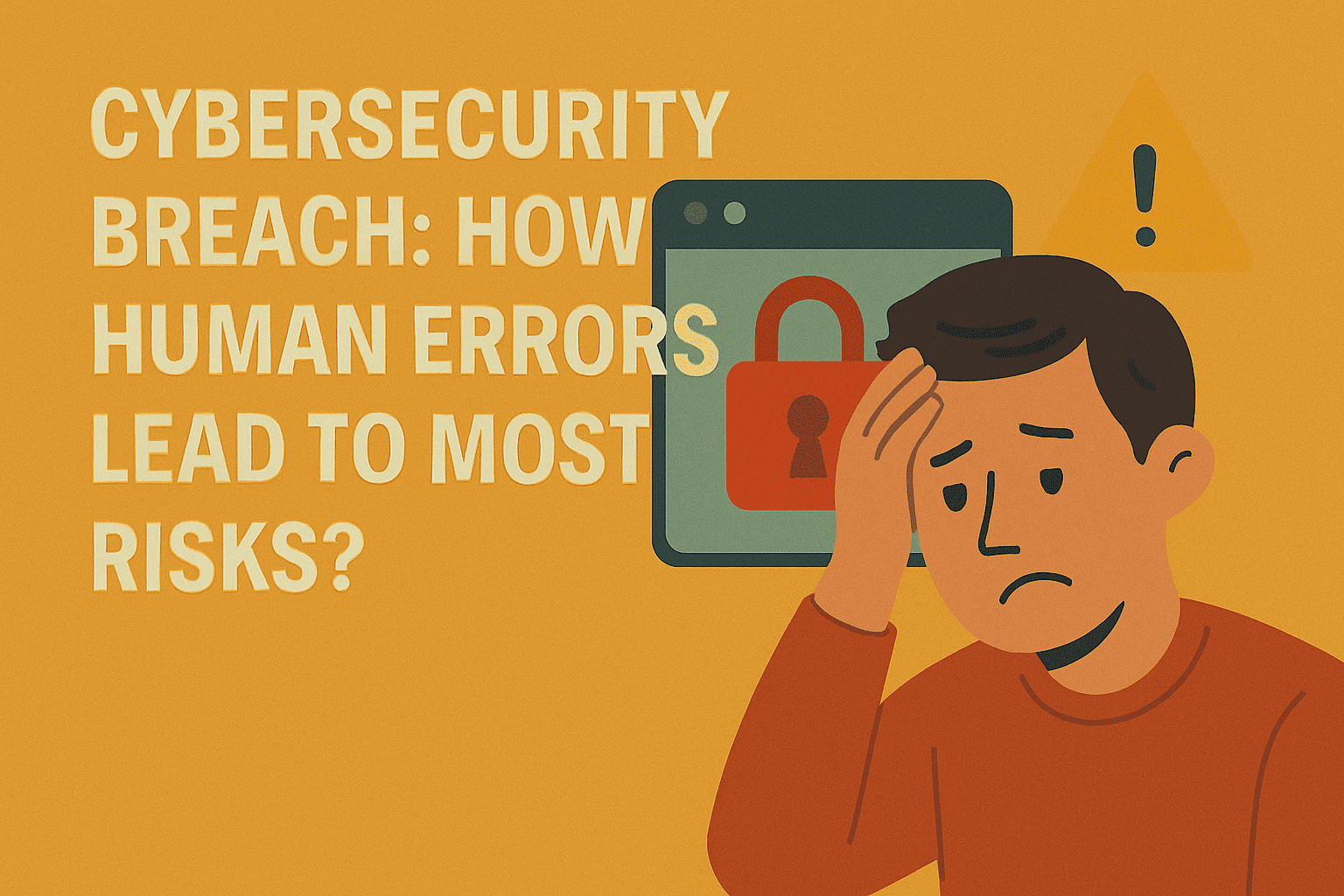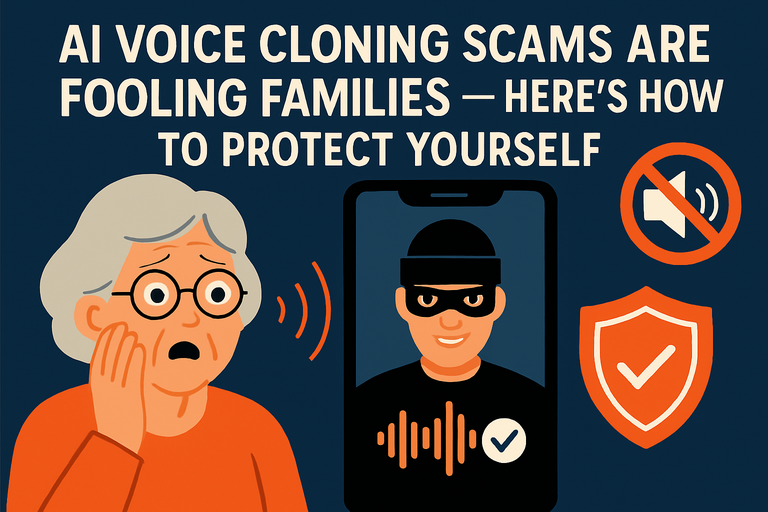Why Phishing Awareness Training is Essential in Today’s Digital Age
How training, simulations, and a cyber-aware culture can protect organizations from costly phishing attacks
Phishing attacks are more prevalent than ever, with an estimated 3.4 billion fraudulent emails sent daily and global losses exceeding $2.4 billion annually. Even with advanced IT infrastructure, human error remains the primary cause of 88% of data breaches.
Phishing awareness training equips employees to recognize and respond to phishing attempts through short, engaging modules, real-life examples, and phishing simulations. These simulations safely mimic real attacks, helping users identify red flags without real-world consequences.
Key benefits include improved recognition of phishing threats, reinforcement of cybersecurity policies, and compliance with regulations like GDPR and HIPAA. However, for training to be effective, it must be engaging, relevant, and regularly updated to address evolving cyber threats.
An effective phishing awareness program involves three essentials:
-
Leadership Buy-In – Secure management support and ensure proper handling of reported phishing attempts.
-
Strategic Simulation – Send realistic phishing emails at varied times to different departments, simulating tactics like urgent invoices or exclusive offers.
-
Data-Driven Insights – Track user behavior, click rates, and reporting rates to improve training effectiveness over time.
Studies show that phishing awareness training can reduce the risk of employees falling for attacks by up to 60%, delivering significant ROI. By creating a cyber-aware culture, organizations strengthen their first line of defense and minimize the risk of data breaches.


